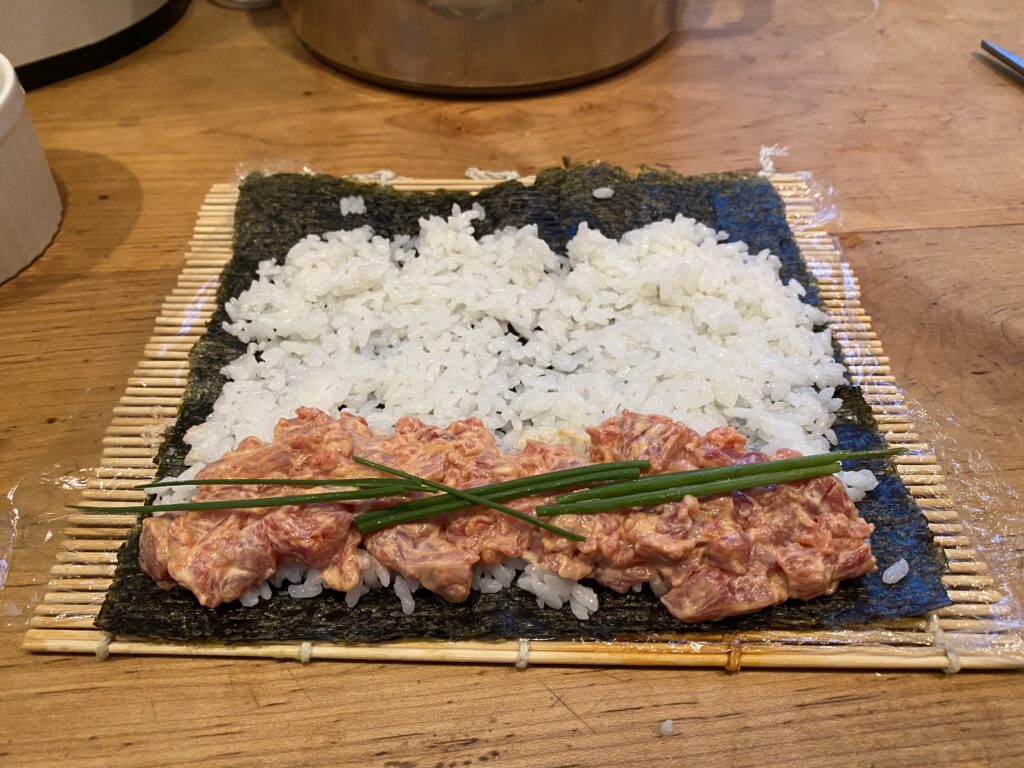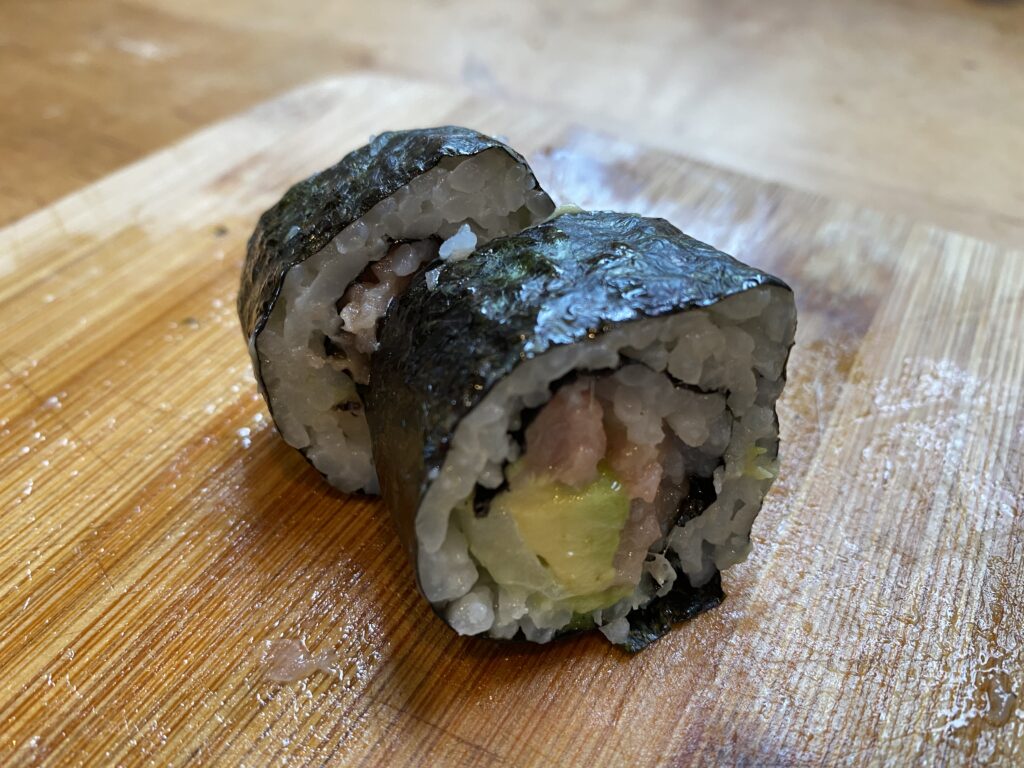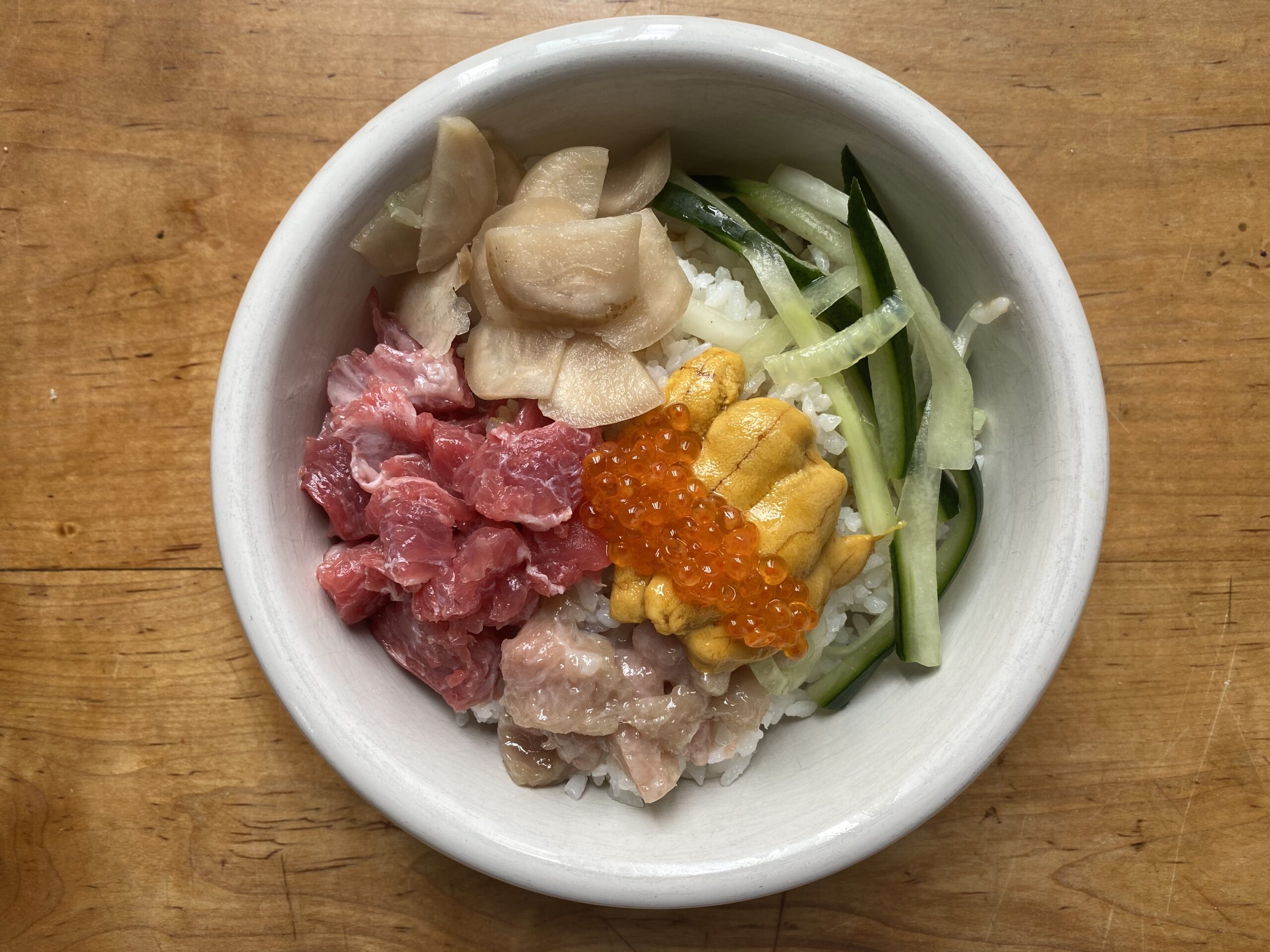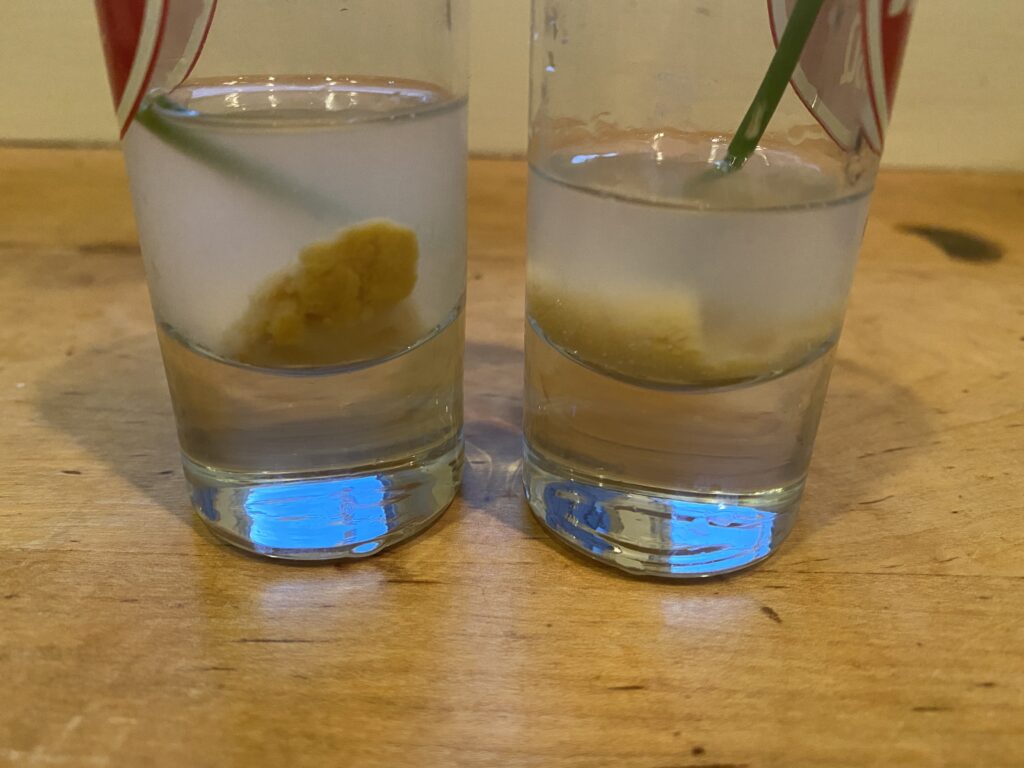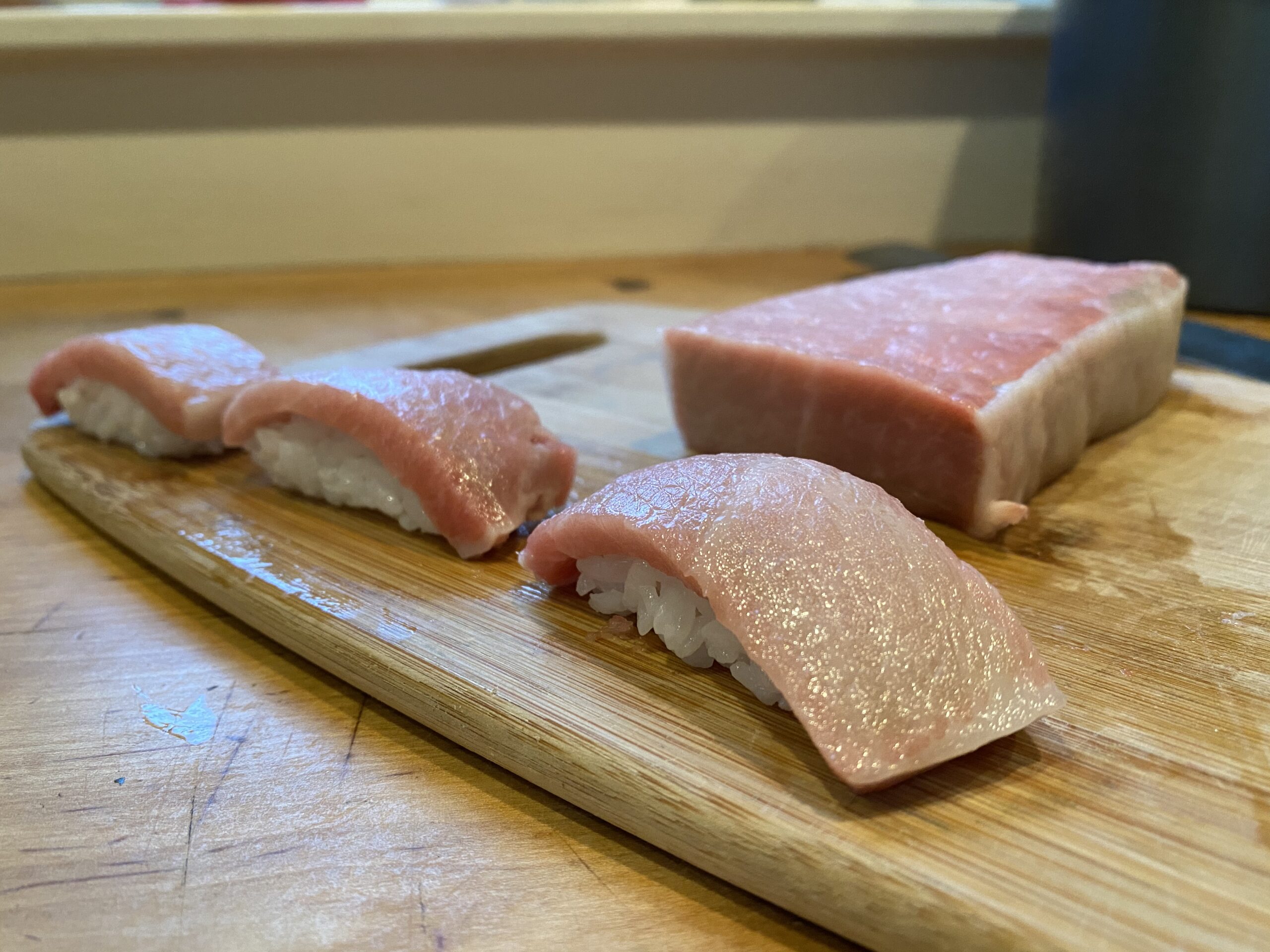
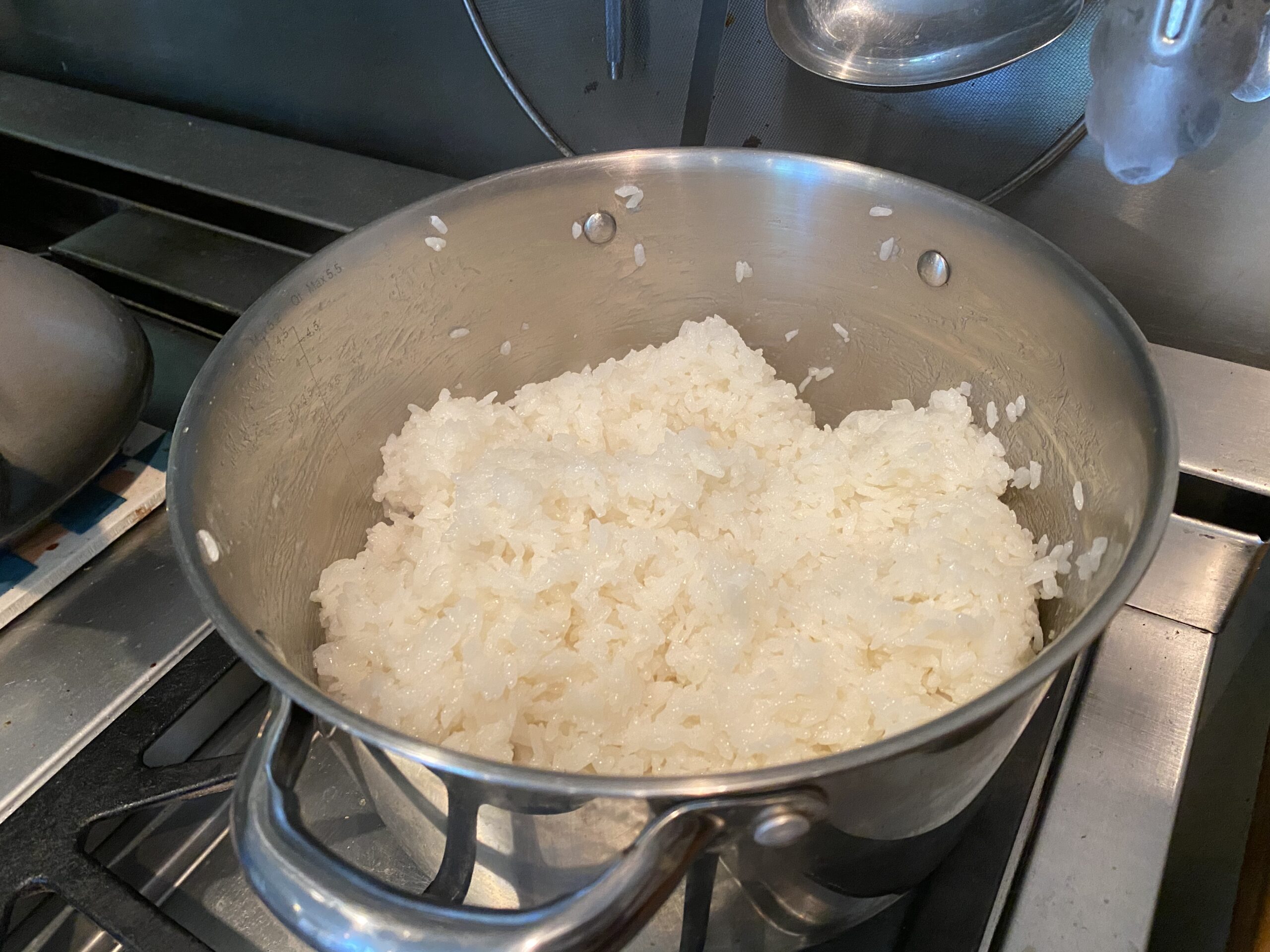
We cooked and cooled our rice in the same pot, which isn’t exactly ideal. Pros – and most serious amateurs – will use something called a Hangiri, or a wooden tub, to cool the rice. They’re not expensive but procuring one was a challenge. If you’re curious, the drawbacks to the pot we used are its material (metal), which retains heat, and the width (or lack thereof), which makes stirring difficult and disbursing rice vinegar evenly almost impossible. Pro-tip: maybe save the arms workout for another day because stirring isn’t nothing.
About that rice vinegar: we used a generic, readily available brand (are you sensing a pattern), but – like rice – there are many wonderful other options that are a bit pricier. One of those options isn’t a brand but a type – Akazu, or a red rice vinegar – used in original Edomae-style sushi centuries ago.
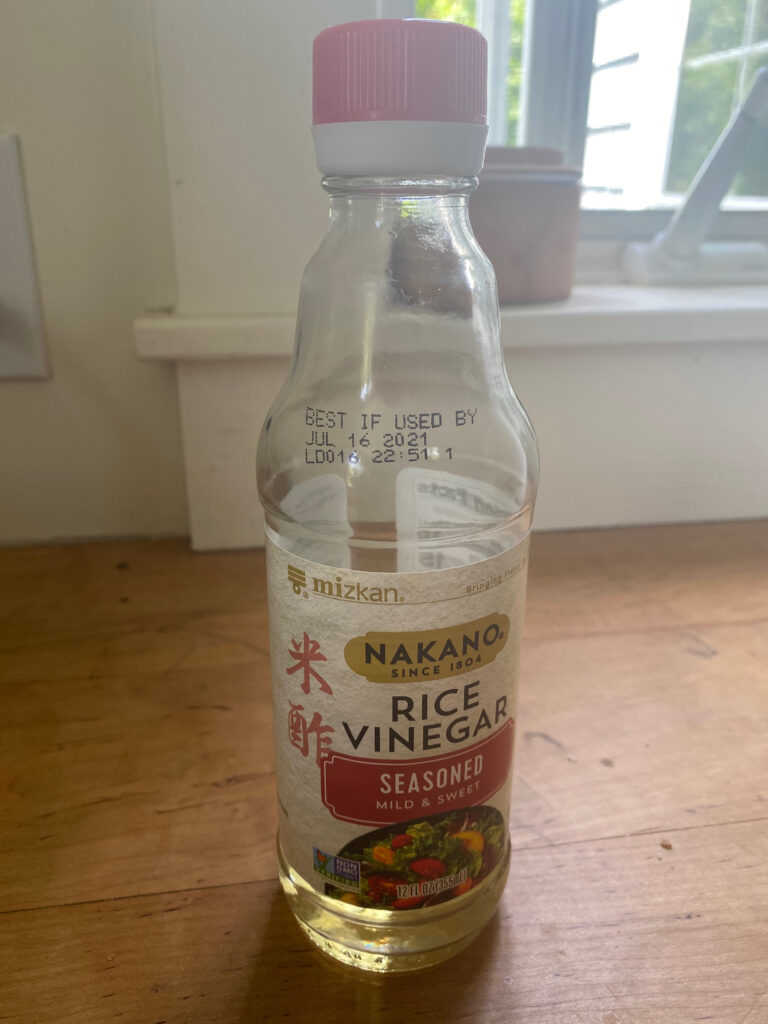

- Maguro (Tuna): 1.5lb of Noten (Head) and Hono Niku (Cheek)
- Maguro (Tuna): 0.78 lb of O Toro from the Mediterranean
- Uni (Sea Urchin): 100g of “b” grade from Nova Scotia
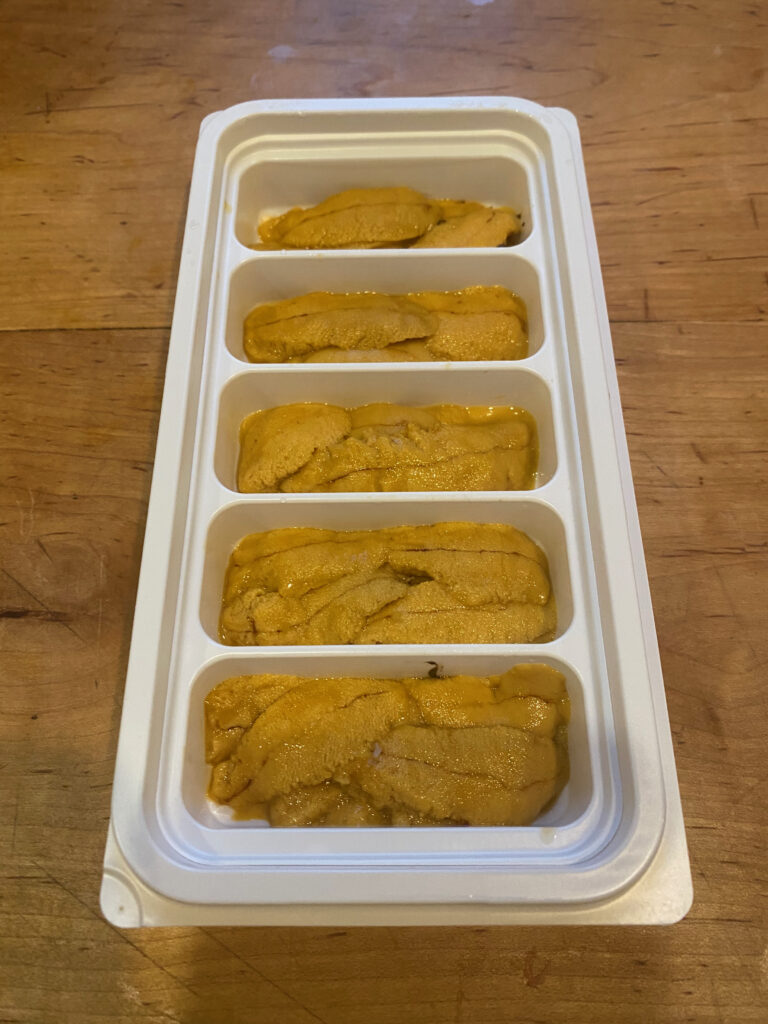
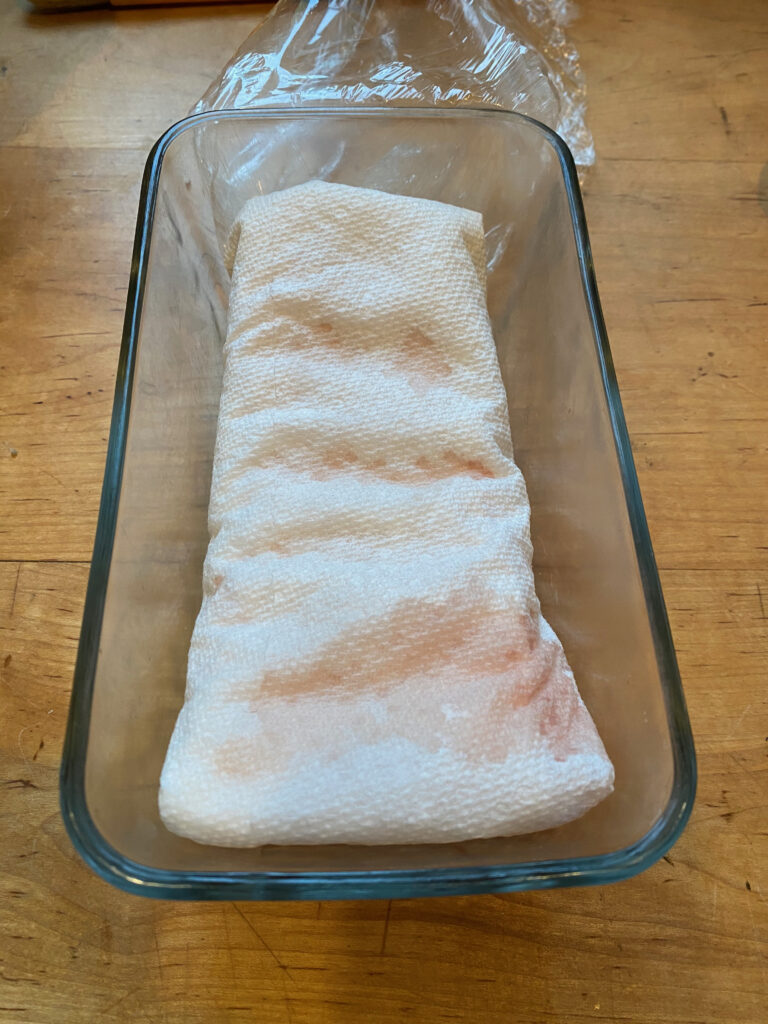
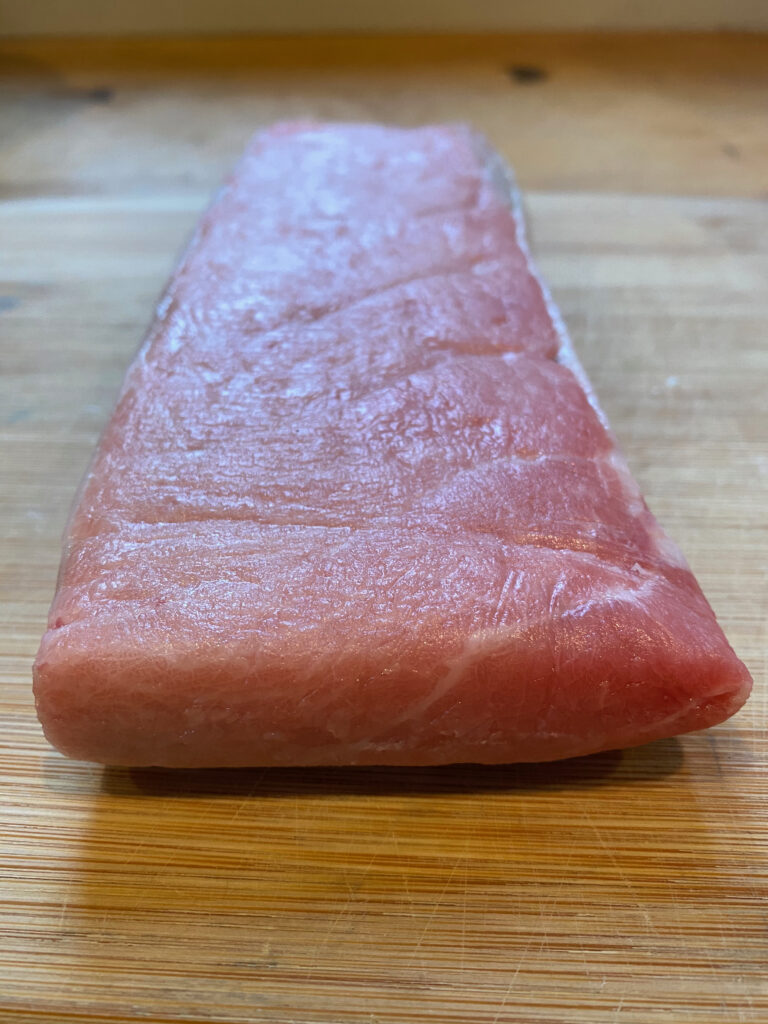
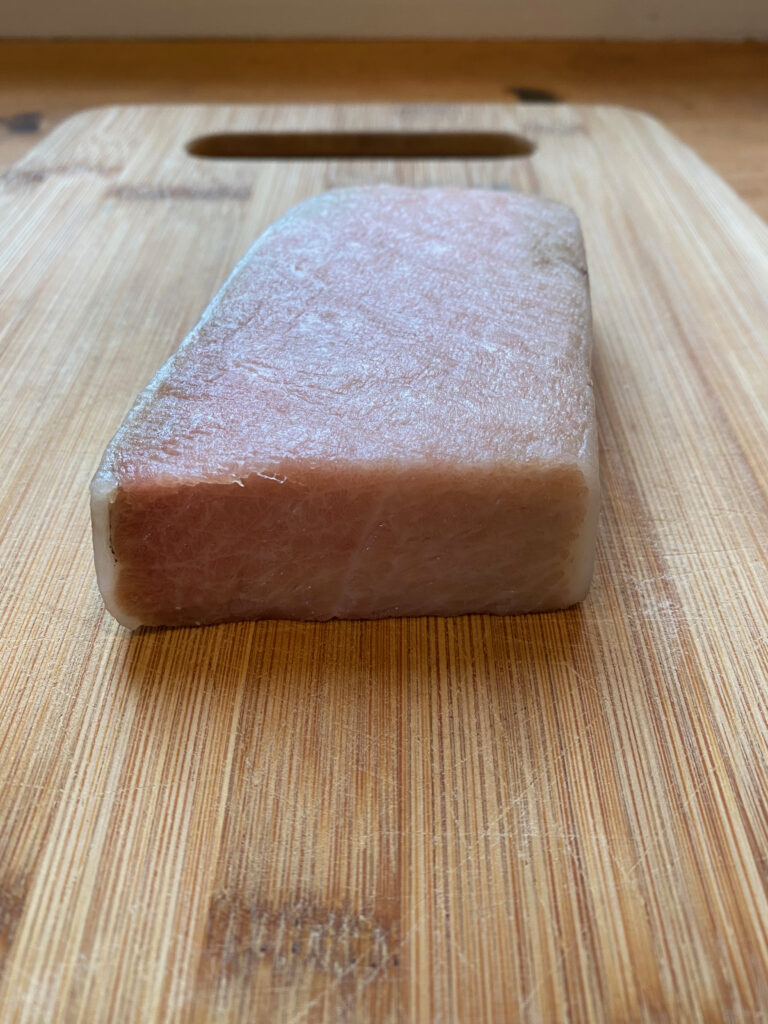
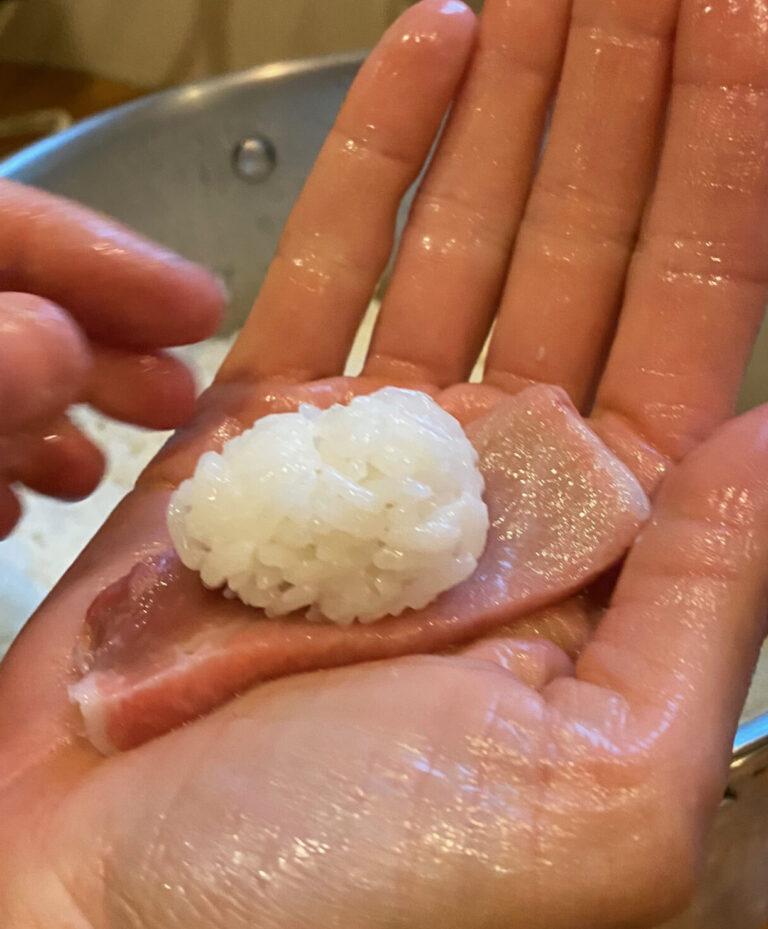
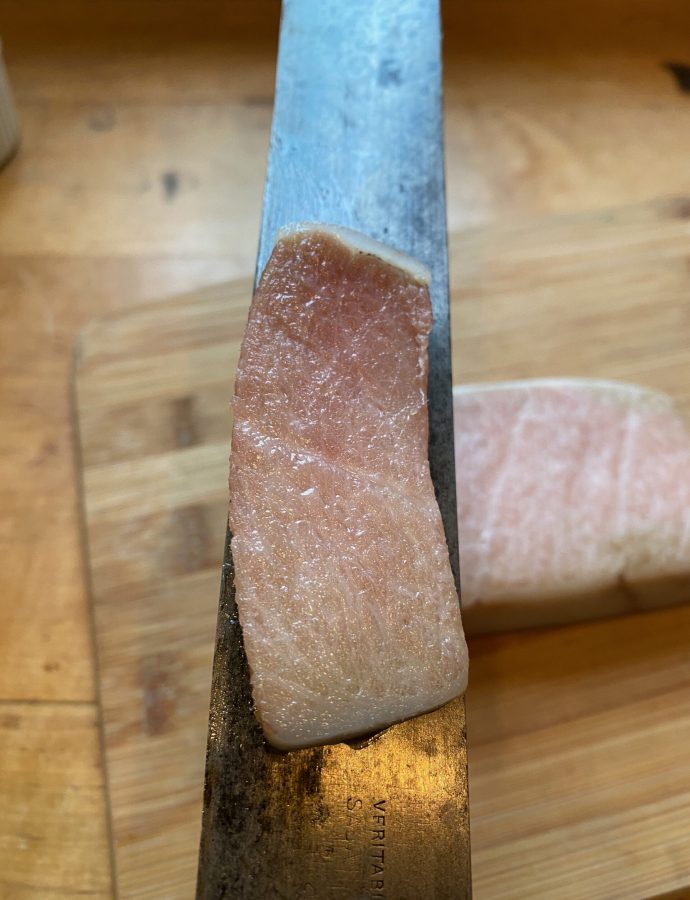
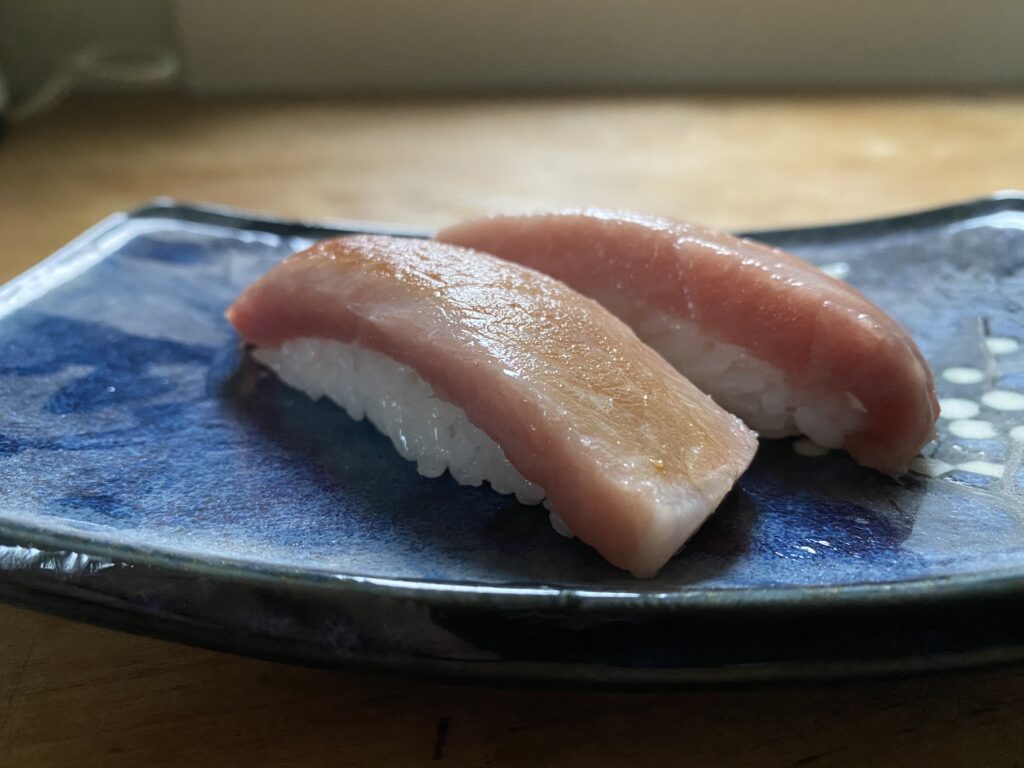
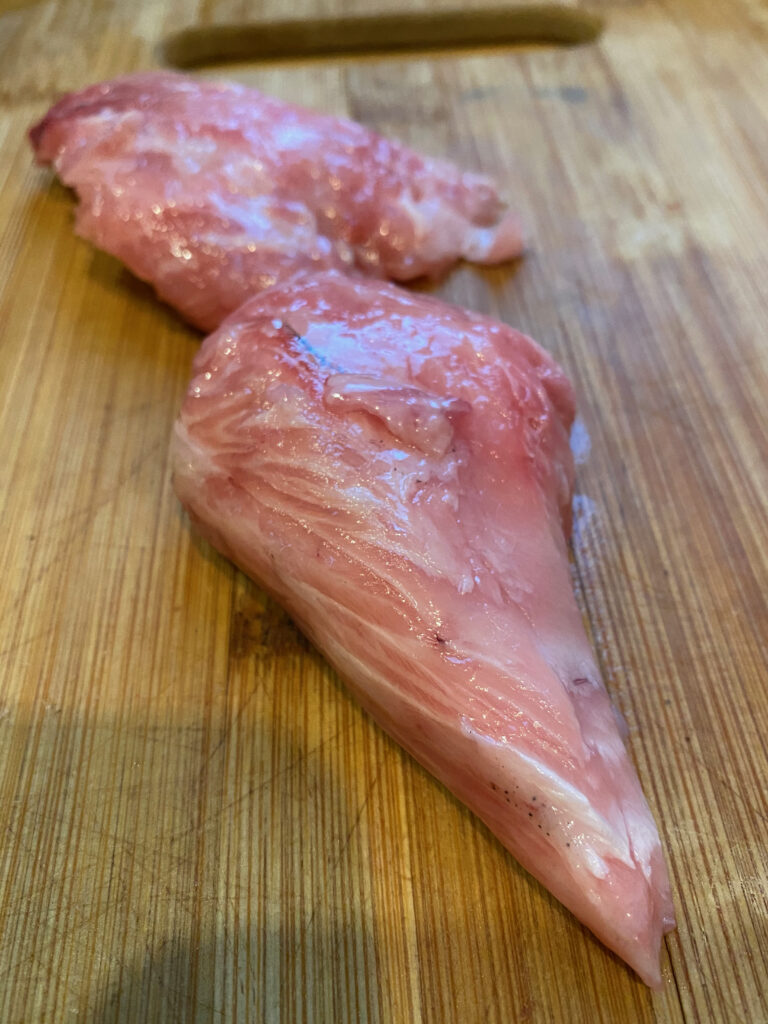
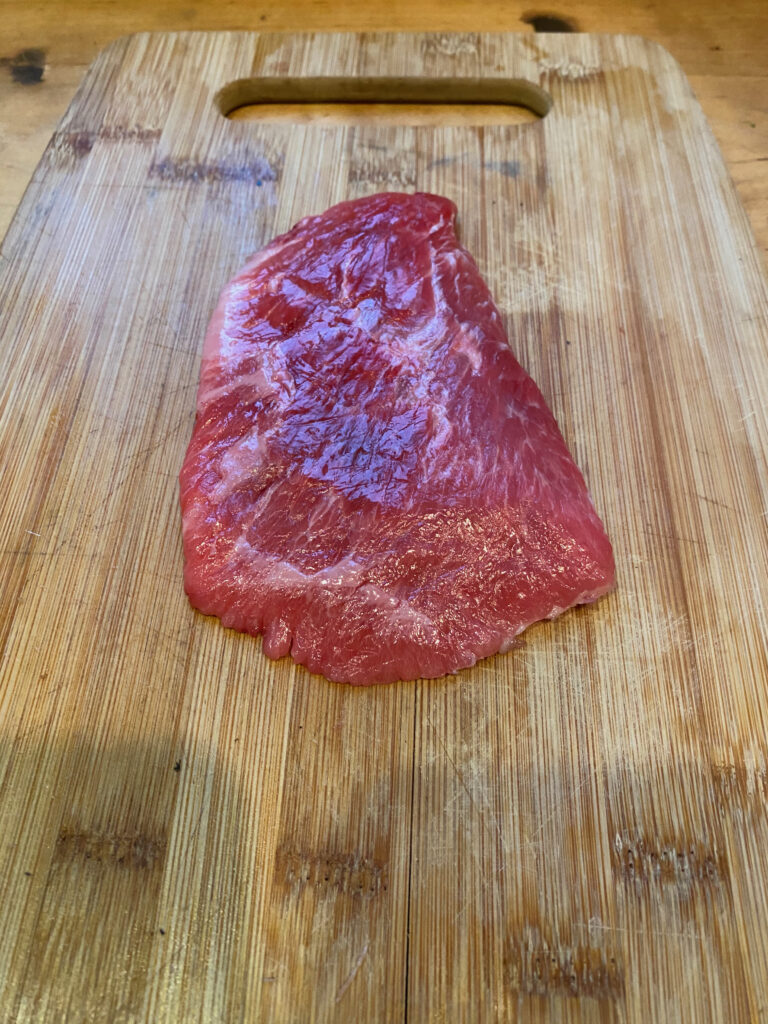
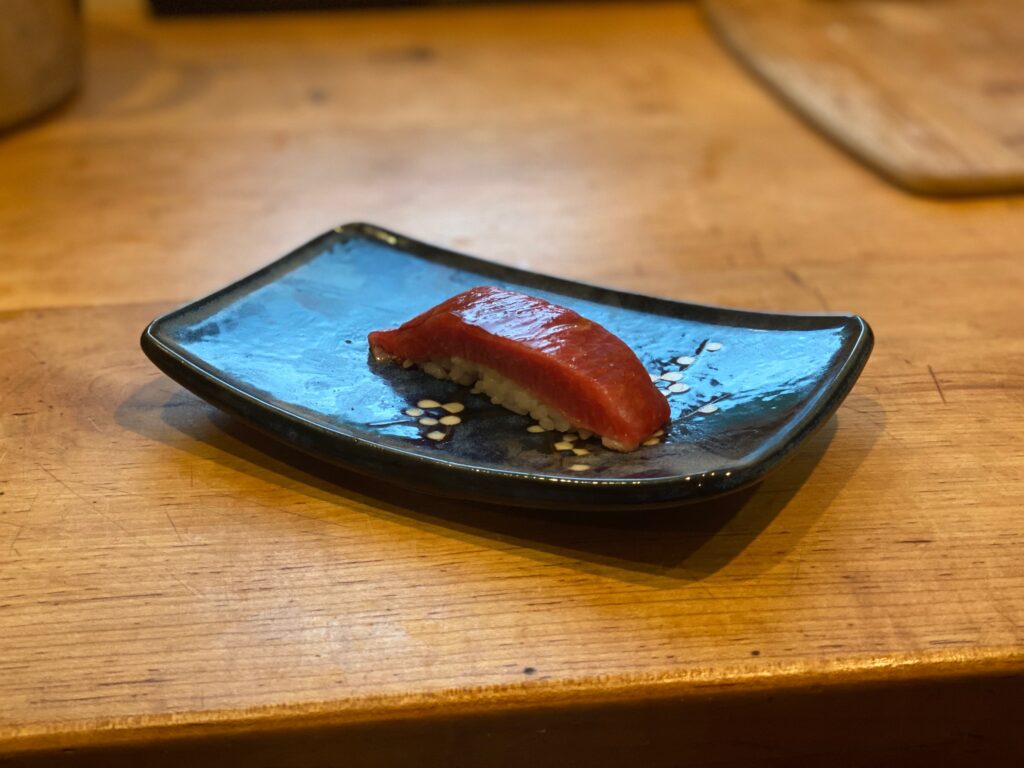
Let’s just call out the elephant in the room: maki is more conducive to homemade sushi. It just is. It’s less effort for more food and the ingredients, western sushi staples like imitation crab, avocado and spicy mayo, are more cost-effective and readily available. There are solid instructional rolling videos on YouTube, but there’s a couple of key points I regretted not having in my back-pocket when I first used a rolling mat:
First, you’re not an all-you-can-eat restaurant trying to stuff your customers so full of rice that they pass out before ordering a second round. Take it easy, spread the rice evenly, and leave the borders uncovered so that the maki doesn’t explode.
Second, roast and toast your Nori (laver seaweed). When you’re not using it, keep it stored airtight. Both approaches will keep your seaweed from getting too soft. We did ours on a metal grate on top of a stove, but any heat source besides a microwave should be better than nothing.
Third, once you finish rolling the Maki, push down heavy on both sides of the log and cut off any excess with the knife.
None of this is going to turn you into Masa but it will make your efforts to do so 80% easier.
